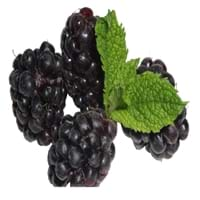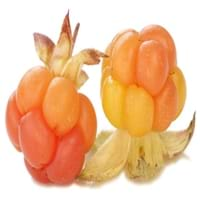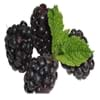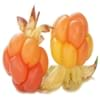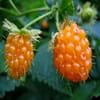Health Benefits
Cancer prevention, Heart care, Kidney stone treatment, Skin rejuvenation, Treatment of alzheimer's disease
Cancer prevention, Heart care
General Benefits
Boosts immune system, Digestive aid, Improves eye vision
Anti oxidant properties, Boosts immune system, Digestive aid, Improves blood circulation, Maintains healthy cholesterol level, Strengthens bones
Skin Benefits
Anti-aging benefits, Reduces wrinkles, Skin rejuvenation
Anti-aging benefits, Reduces wrinkles, Skin rejuvenation
Hair Benefits
Protects hair
Protects hair
Side Effects
Decrease in blood sugar levels
Allergic reaction
Best Time to Eat
As a snack in the late afternoon, Don't consume at night and before bed, Eat the fresh ones, avoid mixing with any other foods, don't eat after meal., Morning time (before lunch)
As a snack in the late afternoon, Don't consume at night and before bed, Eat the fresh ones, avoid mixing with any other foods, don't eat after meal., Morning time (before lunch)
Vitamin A (Retinol)
Not Available
Vitamin B5 (Pantothenic Acid)
Not Available
Vitamin B6 (Pyridoxin)
Not Available
Vitamin B9 (Folic acid)
Not Available
Vitamin C (Ascorbic Acid)
Vitamin E (Tocopherole)
Not Available
Vitamin K (Phyllochinone)
Not Available
Lutein+Zeaxanthin
Not Available
Calories in Fresh Fruit with Peel
Calories in Fresh Fruit without Peel
Not Available
Not Available
Calories in Frozen Form
Not Available
Not Available
Calories in Dried Form
Not Available
Not Available
Calories in Canned Form
Not Available
Not Available
Season
Spring, Summer
Winter
Varieties
Thorn and Thornless
Not Available
Color
Black, Purple, Purplish black
Orange, Pink, Yellow
Inside Color
Magenta
Orange
Origin
America
Arctic Tundra
Soil Type
NA
Loam, Well-drained
Climatic Conditions
NA
Cold, Warm
Facts about
NA
- Cloudberry is also called as bakeapple, knotberry , knoutberry, aqpik or low bush salmonberry.
- In Nordic countries, cloudberries are used to make traditional liqueurs.
Other Countries
NA
Canada, Denmark, Finland, Iceland, Sweden, United States of America
Top Importer
China
Norway
Top Exporter
New Zealand
Finland
Botanical Name
Rubus ursinus x idaeus
Rubus chamaemorus
Synonym
Not Available
Not Available
Subkingdom
Tracheobionta
Tracheobionta
Division
Magnoliophyta
Magnoliophyta
Class
Magnoliopsida
Magnoliopsida
Species
R. ursinus x idaeus
R. chamaemorus
Generic Group
Rose
Not Available
Difference Between Boysenberry and Cloudberry
We might think that Boysenberry and Cloudberry are similar with respect to nutritional value and health benefits. But the nutrient content of both fruits is different. Boysenberry and Cloudberry Facts such as their taste, shape, color, and size are also distinct. The difference between Boysenberry and Cloudberry is explained here.
The amount of calories in 100 gm of fresh Boysenberry and Cloudberry with peel is 50.00 kcal and 51.00 kcal and the amount of calories without peel is Not Available and Not Available respectively. Thus, Boysenberry and Cloudberry belong to and category.These fruits might or might not differ with respect to their scientific classification. The order of Boysenberry and Cloudberry is Rosales and Rosales respectively. Boysenberry belongs to Rosaceae family and Cloudberry belongs to Rosaceae family. Boysenberry belongs to Rubus genus of R. ursinus x idaeus species and Cloudberry belongs to Rubus genus of R. chamaemorus species. Beings plants, both fruits belong to Plantae Kingdom.
